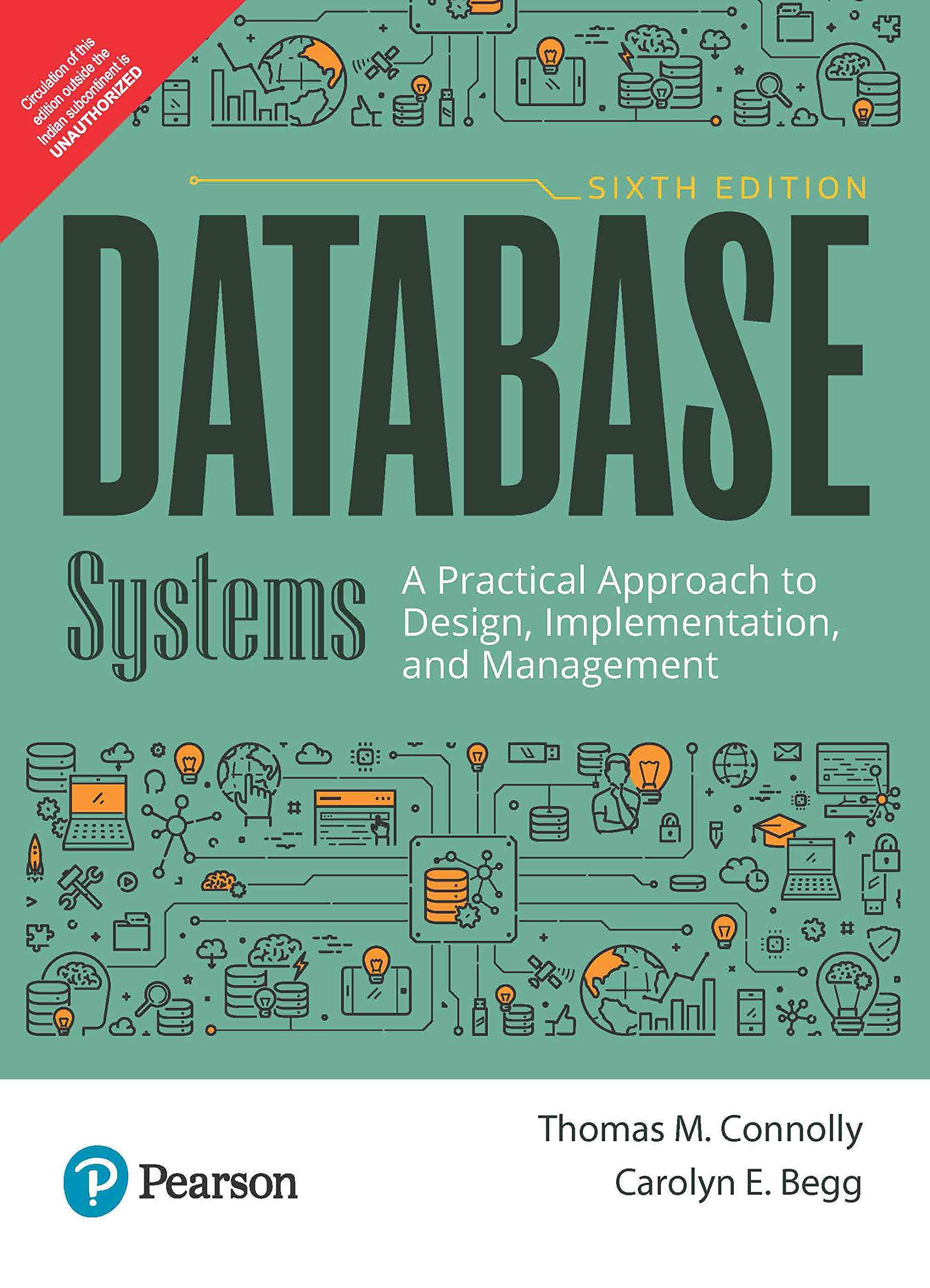Question
You are to implement a syntax analyzer for the programming language Toy, as defined in project #1. You should first design a CFG G for
You are to implement a syntax analyzer for the programming language Toy, as defined in project #1. You should first design a CFG G for Toy based on the following Backus Normal Form (BNF) description, and then write a program to (1) create a parsing table for G, and (2) perform a onesymbol lookahead parsing on various input Toy programs and print appropriate parsing actions.
The grammar of Toy is given in a variant of extended BNF. The meta-notation used:
x
X
x*
x+
x+,
|
means that x is a terminal i.e. a token. All terminal names are lowercase.
(in italic) means X is a nonterminal. All nonterminal names are capitalized.
means zero or one occurrence of x, i.e., x is optional
means zero or more occurrences of x
means one or more occurrences of x
a comma-separated list of one or more xs (commas appear only between xs)
separates production alternatives
For readability, we represent operators by the lexeme that denotes them, such as + or != as opposed to the token (_plus, _notequal) returned by the scanner.
1. Program ::= Decl+
2. Decl ::= VariableDecl | FunctionDecl | ClassDecl | InterfaceDecl
3. VariableDecl ::= Variable ;
4. Variable ::= Type id
5. Type ::= int | double | boolean | string | Type [] | id
6. FunctionDecl ::= Type id ( Formals ) StmtBlock | void id ( Formals ) StmtBlock
7. Formals ::= Variable+, |
8. ClassDecl ::= class id
9. Field ::= VariableDecl | FunctionDecl
10. InterfaceDecl ::= interface id { Prototype* }
11. Prototype ::= Type id ( Formals ) ; | void id ( Formals ) ;
12. StmtBlock ::= { VariableDecl* Stmt* }
13. Stmt ::=
14. IfStmt ::= if ( Expr ) Stmt
15. WhileStmt ::= while ( Expr ) Stmt
16. ForStmt ::= for (
17. BreakStmt ::= break ;
18. ReturnStmt ::= return
19. PrintStmt ::= println ( Expr+, ) ;
20. Expr ::= Lvalue = Expr | Constant | Lvalue | Call | ( Expr ) |
Expr + Expr | Expr Expr | Expr * Expr | Expr / Expr | Expr % Expr | - Expr |
Expr < Expr | Expr <= Expr | Expr > Expr | Expr >= Expr |
Expr == Expr | Expr != Expr | Expr && Expr | Expr || Expr | ! Expr
readln () | newarray ( intconstant , Type )
21. Lvalue ::= id | Lvalue [ Expr ] | Lvalue . id
22. Call ::= id ( Actuals ) | id . id ( Actuals )
23. Actuals ::= Expr+, |
24. Constant ::= intconstant | doubleconstant | stringconstant | booleanconstant
1/3 Operator precedence from highest to lowest:
[.
!-
*/%
+-
< <= > >=
== !=
&&
||
=
(array indexing and field selection)
(logical not, unary minus)
(multiply, divide, mod)
(addition, subtraction)
(relational)
(equality)
(logical and)
(logical or)
(assignment)
For every input Toy program, you should print out a sequence of tokens generated by your first project (the lexical analyzer), and print out the action (either "shift" or "reduce") decided by your parser for each token. If the action is "reduce", also print out the production number. For instance, given the following CFG:
1. S -> a X c
2. X -> b X
3. X -> b
4. X -> Y d
5. Y -> Y d
6. Y -> d
The sample output for string abbbc should be
a [shift]
b [shift]
b [shift]
b [shift]
c [reduce 3][reduce 2][reduce 2][shift]
[reduce 1]
[accept]
and the output for abcd should be
a [shift]
b [shift]
c [reduce 3][shift]
d [reduce 1]
[reject]
Step by Step Solution
There are 3 Steps involved in it
Step: 1

Get Instant Access to Expert-Tailored Solutions
See step-by-step solutions with expert insights and AI powered tools for academic success
Step: 2

Step: 3

Ace Your Homework with AI
Get the answers you need in no time with our AI-driven, step-by-step assistance
Get Started


